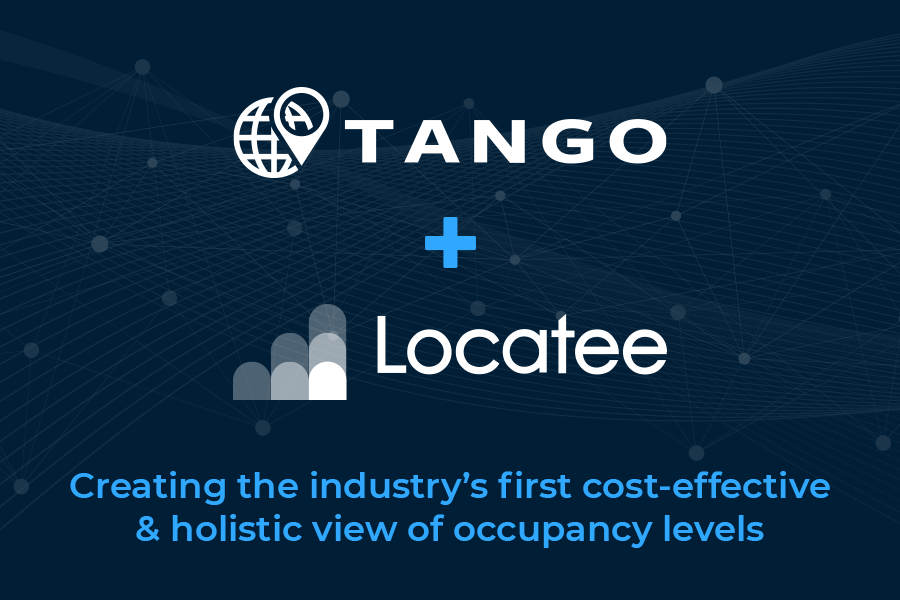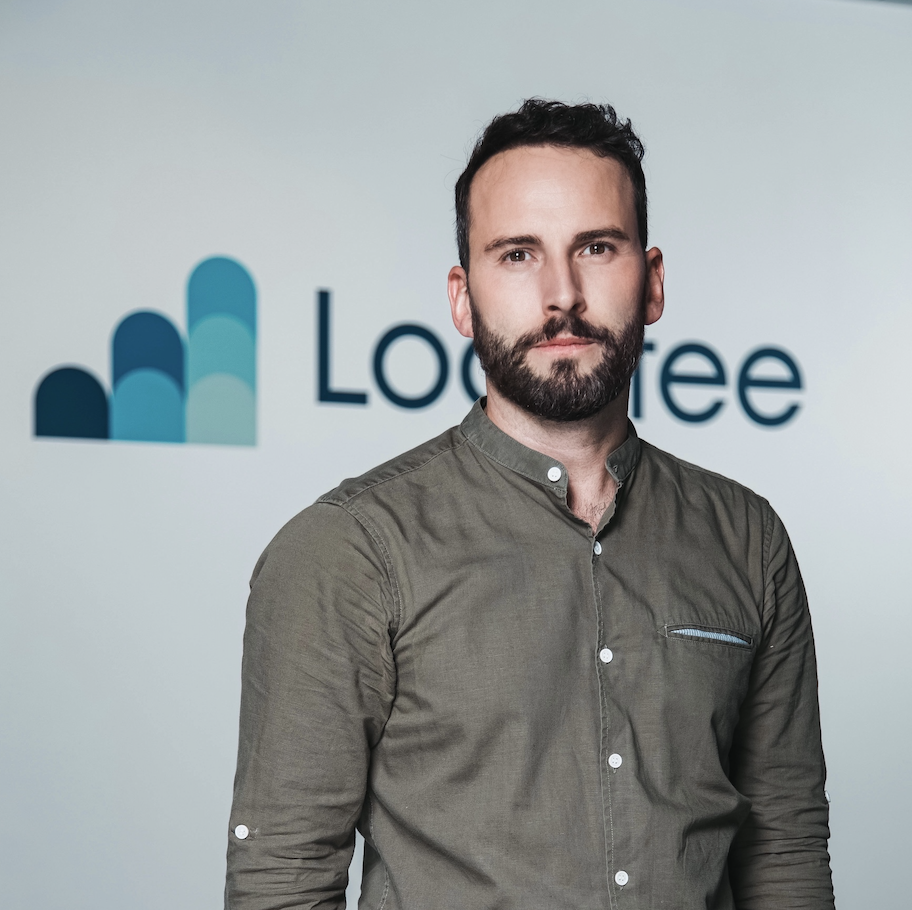In June, the conversation on the office and its future use shifted to not just discuss the merits of hybrid work, but also the particulars…
Tech giants have the tendency to lead the way these days when it comes to jumping on trends and defining the way forward, and they have not disappointed in the hybrid work discussion, each delivering their “response” to the hybrid work question mark in very on-brand fashion.
Microsoft revealed a very technical, tool-oriented approach to enabling the hybrid model, complete with a guide for business leaders that is quite heavy on processes and, you guessed it, existing Microsoft tools.
Google, on the other hand, not surprisingly seemed to adopt a rather user-experience centered opinion on the matter, which it will look to translate to their buildings and collaboration tools in very adaptive, experimental and experiential ways.
Not to be outdone, Apple was also quite present in the discussion, albeit in slightly more controversial fashion, with a large group of employees publishing a complaint letter in response to the Los Altos giant’s new policy regarding remote work. It would seem that Apple’s top-down, design-first, user later approach wasn’t so effective this time, with its own workforce writing a passionate, detailed and quite insightful rebuke. But at least they’re being talked about, as always.
Elsewhere, the particulars of hybrid work continue to elicit opinions and predictions. Art Markman from the Harvard Business Review wrote a larger picture view on why going back to the office may not only represent a benefit to the employer, but offer as well its rewards to the employees, albeit in a less immediate manner than those of remote and flexible work.
Globe Street explored the implications of hybrid for CRE, both for occupiers (tenants and users) and landlords, with interesting connections between those. For example, they offered this refreshing view: “Tenants can decrease their square footage, as many hope to do, and achieve cost-savings. Landlords who accommodate these decreases build strong relationships that translate into future renewals and even expansions. Landlords can also buy back and re-lease the space, or even launch a co-working facility in newly vacated space.” A vision that would see occupiers and landlords possibly mutually benefit from the optimizations of the office space.
There are also next-step considerations, such as how to ensure that hybrid work improves fairness, inclusivity, and diversity. While the old, traditional full-time office wasn’t necessarily always fair, there are further pitfalls to the hybrid model including the “availability heuristic” which biases opportunities towards those who are more frequently physically available.
“Whilst keeping people safe is of course paramount, recognizing the complex social dynamics of organizations—and the part the physical environment plays—will be a key factor in ensuring fairer workplaces that better harness talent and potential,” says David D’Souza, director of membership at the U.K.’s Chartered Institute of Personnel and Development in this Forbes piece on desk politics. There, too, technology could provide a helping hand.
- Microsoft reveals changes to enable hybrid work (cnbc.com)
- What the Apple employees’ complaint letter got right about hybrid — Quartz at Work (qz.com)
- Why You May Actually Want to Go Back to the Office (hbr.org)
- Google’s answer to the problems of open plan offices? Inflatable walls – The Verge
- How to Make the Hybrid Model Work | GlobeSt
- Why Your Post-Covid Desk Assignment Could Make Or Break Your Career (forbes.com)
Locatee in the news:
-
The Times (UK): Back to the office? There’s plenty to figure out first (gated)
-
HR Review (UK): What benefits should businesses offer in the post Covid world
-
EU-Startups.com: Hybrid work series, part 3: How can companies adjust to the new trend?
-
Konii (DE): Locatee gewinnt Immobilienexperten: Christian Kuehni ab sofort Teil des Beirat







